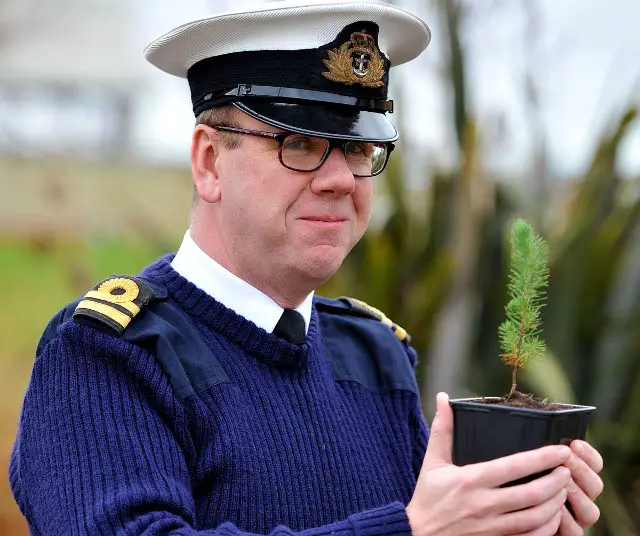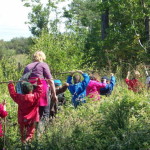Thanks to Heather for this interesting news from Portsmouth Navy. Ed
A Gosport-based Royal Naval Reserves Officer has just revealed his project to plant 100 pine trees across Hampshire and the Isle of Wight to become ‘Living Memorials’ to those who fought and died in the Dardanelles.
Martin Heighway, who lectures in Defence and Political Studies at HMS Sultan in Gosport and is a Training Officer at HMS King Alfred in Portsmouth came up with the idea after researching the conflict for a forthcoming battlefield tour to Gallipoli in late August.
Plant a trees across Hampshire and the Isle of Wight
For the Gallipoli Centenary year in 2015, Martin has obtained a number of Aleppo pines to present to organisations in Hampshire who would like to plant a tree to maintain a living memorial to those who fought and died.
Click on images to see larger versions
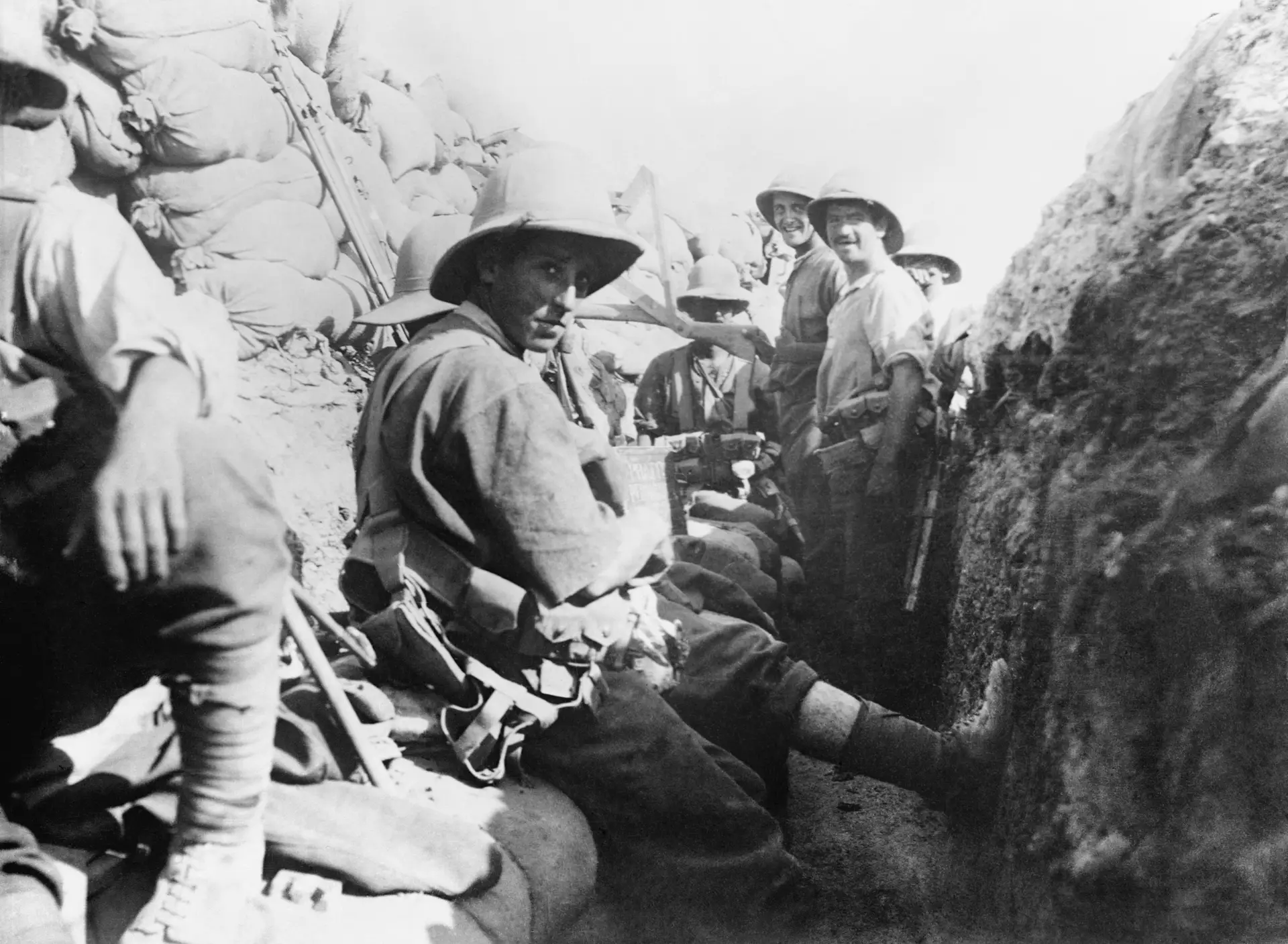
Martin said:
“Every day I teach young Royal Navy personnel about their proud history, including how some sailors became the infantry of the Royal Naval Division and were involved in some of the bloodiest land battles of The First World War.
“I found the idea of extending the Lone Pine metaphor to the modern day enchanting. Young men from the RND sacrificed a great deal: as a tree grows, so may the memory of that sacrifice grow and eventually self perpetuate. Those in Hampshire and the Isle of Wight who receive a Memorial Pine will be able to maintain a reminder of the Gallipoli campaign, and the part Hampshire played in it.”
Background on the Gallipoli campaign
During the First World War, the defining campaign of 1915 centred on a narrow finger of land in Turkey known as the Gallipoli peninsula. One hundred years later, this year the nation will remember those who fought and died in Gallipoli, with commemorative events in London and in Hampshire.
Martin’s grandfather, Richard Beresford Heighway served as a reservist private in the 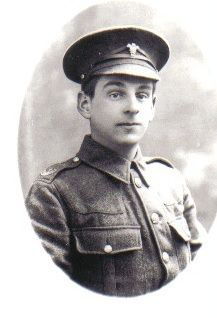 Herefordshire Regiment and was amongst the troops who landed at Suvla Bay in August 1915, just north of where the initial landings at Cape Helles and ANZAC Cove (including the Royal Naval Division) had taken place in April. The Suvla landings were intended to break a deadlock, as after heavy fighting, little progress had been made from the beachhead.
Herefordshire Regiment and was amongst the troops who landed at Suvla Bay in August 1915, just north of where the initial landings at Cape Helles and ANZAC Cove (including the Royal Naval Division) had taken place in April. The Suvla landings were intended to break a deadlock, as after heavy fighting, little progress had been made from the beachhead.
Had these attacks gone well, Allied commanders would have been able to turn the Turks right flank and join up with the forces in the South, consolidating the overall position.
Shambolic landings
However, the landings on 6th August were shambolic, paralysed by inertia, and avoided the essential requirement to take high ground. By 9th August, the Turks had raced reinforcements into the hills, resulting in another 18,000 Allied casualties for further stalemate.
To draw Turkish troops away from Suvla, the ANZACs were ordered to carry out diversionary feints, including an assault on Turkish Trenches at a feature known as ‘Lonesome’ or ‘Lone’ Pine’ (after the 1913 song later popularised by Laurel and Hardy). At Lone Pine, artillery fire had reduced a previously wooded area to a single blasted tree. Four days of bitter fighting saw over 2200 ANZAC casualties and seven VCs won, but ultimately little gain due to the failure at Suvla.
Over half a million died
The Gallipoli campaign consumed the lives of around half a million soldiers, sailors and airmen. One in four of the New Zealanders who landed were killed. For Australia, Gallipoli is a shibboleth of nationhood, and whilst some refer to 25th April as ‘Gallipoli Day’, the annual ceremonies in Turkey, London and Australia are usually referred to as ‘ANZAC Day’.
Click on images to see larger versions
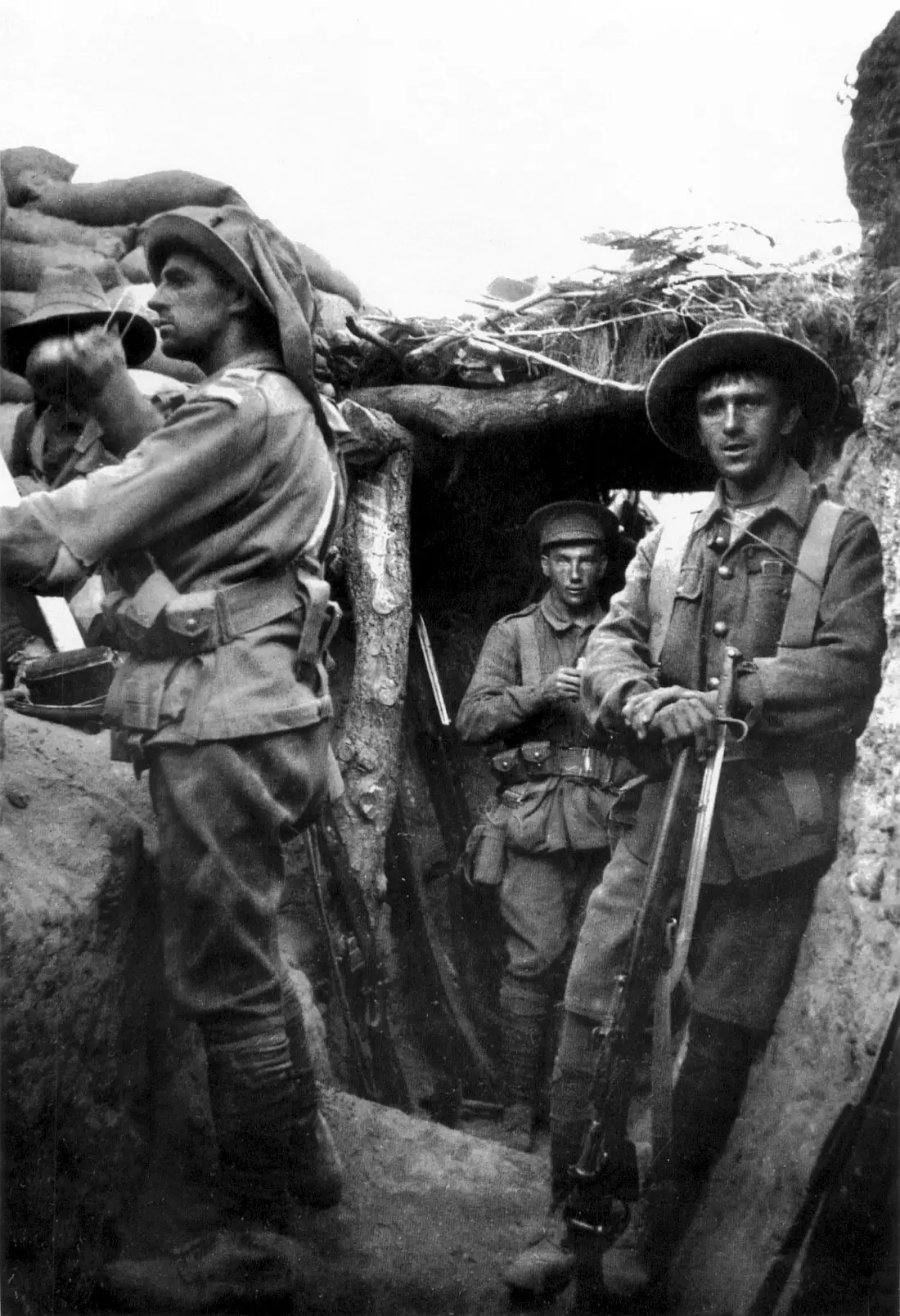
The souvenir pine cone
After the capture of Lone Pine Ridge, Cpl Benjamin Smith from the 3rd Battalion, AIF, who had taken part in the attack on Lone Pine (and whose brother was killed there) pulled a souvenir pine cone from Turkish trench cover and sent it home to his mother Mrs McMullen at Inverell, New South Wales. She kept the cone for 13 years before managing to produce two viable plants from it, one being planted at the Australian War Memorial in Canberra in 1934.
Since then, cuttings and seeds from this Aleppo pine tree have been propagated onwards across the Antipodes, gracing schoolyards, public parks and at Returned & Services League (RSL) Gardens (the ANZAC equivalent of the British Legion). In 1990, two trees were even taken back to Gallipoli for planting as part of the 75th Anniversary Commemorations.
Get in touch
Organisations interested in planting a living memorial to the Gallipoli campaign should contact Martin Heighway via: [email protected]
Article edits
Amended the excerpt to reflect the fact the seeds being planted in the UK are not the direct descendants of the original pine cone.

